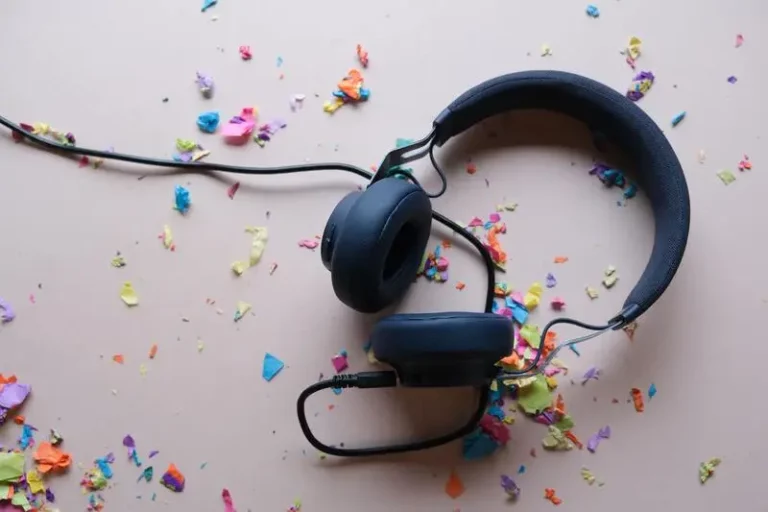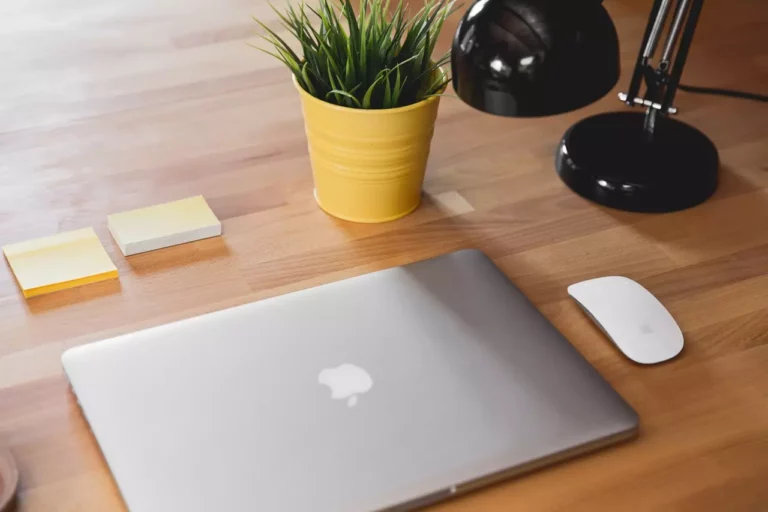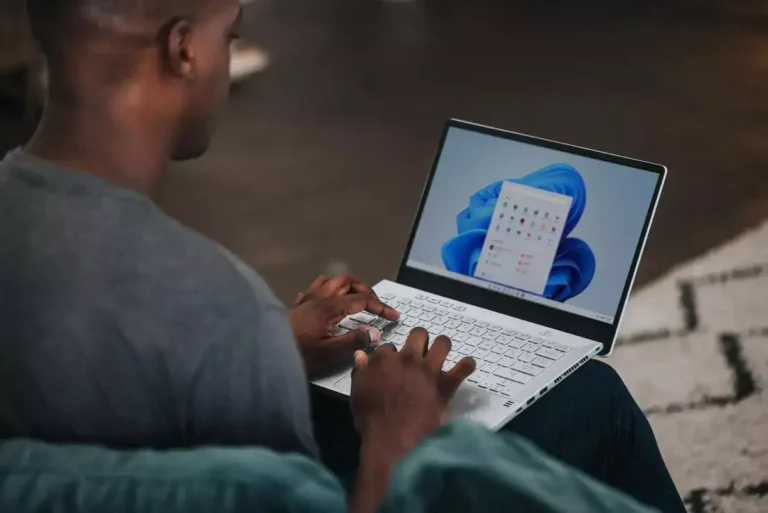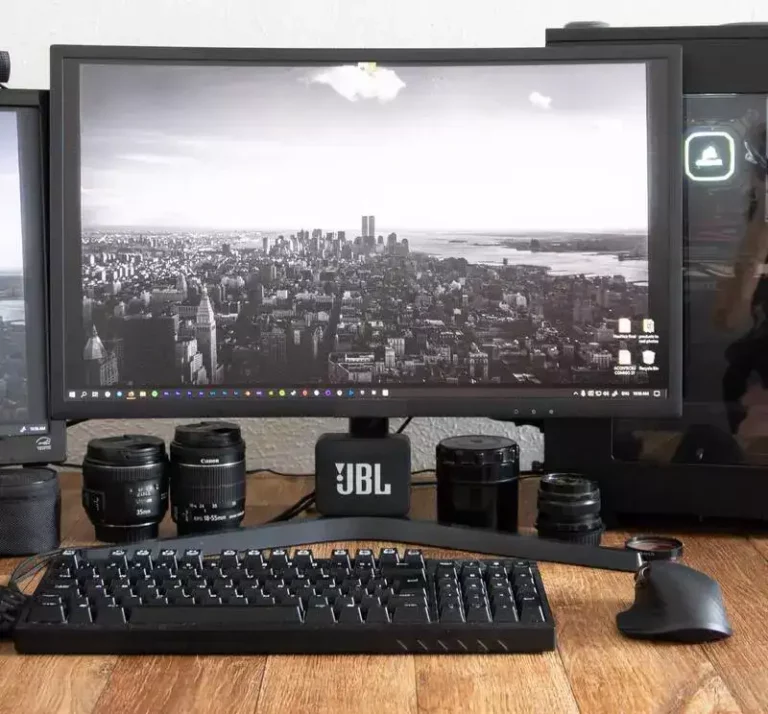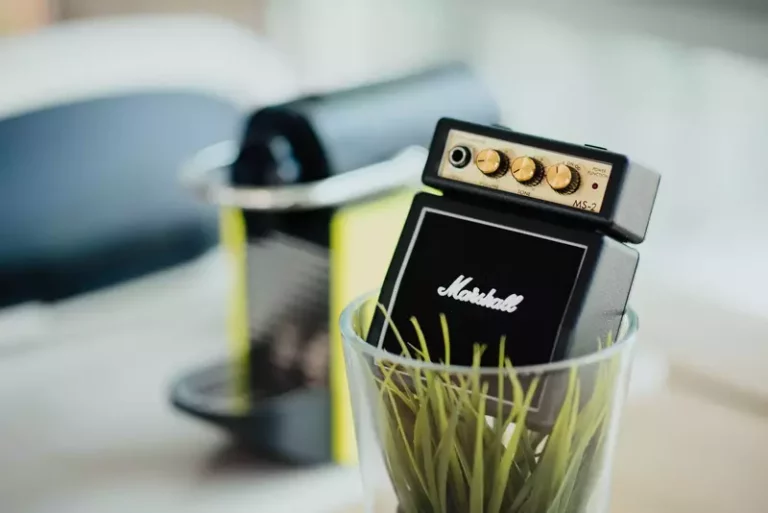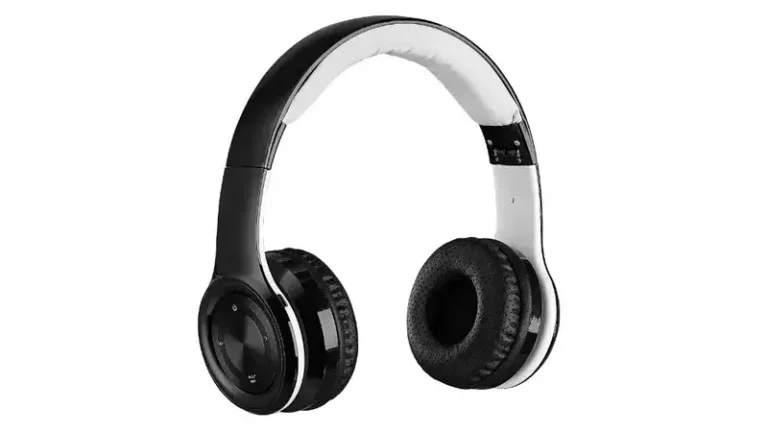Effortless Way To Measure Headphone Decibels
This site contains affiliate links to products, and we may receive a commission for purchases made through these links.
Perhaps you think your headphones are too loud or too quiet. Maybe you need to know how loud they are for work or school. In any case, measuring the decibels (dB) of your headphones is a relatively simple process that only requires a few tools. In this post, I will be discussing how to measure headphone decibels.
You can measure your headphone’s decibels with a professional sound pressure meter or with a smartphone app. There are many free decibel-measuring apps available for both iOS and Android devices. The SPL (sound pressure level) meter is available in most electrical stores.
Read on as I break down how to measure headphone decibels using both an SPL meter and a smartphone app.

Ways to Measure Headphone Decibels
1. Using an SPL meter
An SPL meter, or sound pressure level meter, is a device that measures sound pressure levels. It is generally used by audio engineers to measure the loudness of sounds in order to avoid damaging their hearing.
The most common type of SPL meter is the analog SPL meter. This type of SPL meter has a needle that moves as the sound pressure level changes. The higher the sound pressure level, the further the needle will move.
To use an SPL meter to measure your headphone’s decibels, you will need to purchase a calibration microphone. This is because most SPL meters are not accurate at measuring very low sound levels.
Once you have a calibration microphone, follow these steps:
- Turn on the SPL meter and select the “C-weighting” setting. This setting will filter out low frequencies, which are not as harmful to your hearing as high frequencies.
- Press the “hold” button on the SPL meter. This will ensure that the needle stays in place.
- Place the calibration microphone in the earcup of your headphone. Make sure that the microphone is as close to your ear as possible.
- Press the “hold” button again to release it. The SPL meter will now take a reading of the sound pressure level in your headphone.
- The decibel level will be displayed on the SPL meter.
- If you want to get a more accurate reading, you can take multiple readings and average them out.
2. Using a smartphone app
There are many free decibel-measuring apps available for both iOS and Android devices. These apps use the microphone in your phone to measure sound pressure levels.
To use a decibel-measuring app, follow these steps:
- Download and open the app on your smartphone.
- Calibrate the app by placing the phone next to a known sound source, such as a TV or radio. The app will use this sound to calibrate its readings.
- Place the phone in the earcup of your headphone. Make sure that the microphone is as close to your ear as possible.
- The app will take a reading of the sound pressure level in your headphone and display the decibel level on your screen.
Other Ways to Measure Headphone Decibels
There are other ways to measure headphone decibel. They include:
Using a computer
Your PC has a built-in microphone. With the right software, you can use your PC to measure the decibels of your headphone.
There are many free and paid software programs that can be used for this purpose. I recommend using Audacity, which is a free and open-source program. Once you have downloaded and installed Audacity, follow these steps:
- Open Audacity and go to “Edit” > “Preferences”.
- Click on the “Devices” tab.
- In the “Recording Device” drop-down menu, select your computer’s built-in microphone.
- In the “Channels” drop-down menu, select “Mono”.
- Click on the “OK” button to save your changes.
- Go to “File” > “New”. This will create a new project.
- Click on the “Record” button to start recording.
- Place the headphone close to your microphone and play some music or other audio through it.
- Click on the “Stop” button when you are finished recording.
- You can then go to “View” > “Waveform (dB)”. This will display the decibel level of your recording.
Using familiar sounds
While this won’t give you accurate results, you may get an idea of how loud or how quiet your headphones are by using familiar sounds.
For example, you can compare the headphone sound volume to sounds coming from the environment. You can also compare it to other devices, such as a vacuum cleaner or a hairdryer.
You can also try this method with different types of music. For example, you can compare the volume of classical music to that of rock music.
Keep in mind that this method is not very accurate and should only be used as a general guide.
Why it’s Important to Know Your Headphone Decibels
It is important to know the decibel level of your headphone for two main reasons:
To protect your hearing
If you frequently listen to music or other audio at high volumes, you may be putting yourself at risk of developing noise-induced hearing loss.
According to the World Health Organization, exposure to sound levels over 85 dB can cause permanent damage to your hearing.
To find out if your headphones are putting you at risk, you need to know their decibel level. If the decibel level is above 85 dB, then you should take steps to protect your hearing, such as reducing the volume or using noise-canceling headphones.
To compare different headphones
If you are shopping for new headphones, it is helpful to know the decibel levels of different models. This will allow you to compare them and choose the ones that best suit your needs.
For example, if you are looking for headphones to use while working out, you may want to choose a model with a lower decibel level so that you can still hear your surroundings.
On the other hand, if you are looking for headphones to use while traveling, you may want to choose a model with a higher decibel level so that you can block out noise from your surroundings.
Are My Headphones Too Loud? Ways to Know
You will know your headphones are too loud when:
- You can’t hear people talking to you, even when they are shouting
- Your ears feel pain or ringing after using your headphones
- You have trouble hearing after using your headphones
- You notice that your hearing is not as good as it used to be
If you experience any of these symptoms, you should take a break from using your headphones and see a doctor if the symptoms persist.
READ MORE! Can I Make My Bluetooth Headphones Quieter On The Lowest Setting?
How to Reduce the Risk of Hearing Loss from Headphones
There are several things you can do to reduce the risk of hearing loss from headphones:
- Use noise-canceling headphones: Noise-canceling headphones can help to reduce the overall volume of your headphone.
- Take breaks: Don’t use your headphones for more than an hour at a time.
- Turn down the volume: Keep the volume below 85 dB.
- Wear earplugs: If you are going to be in a loud environment, such as a concert, wear earplugs to protect your hearing.
- The 60/60 rule: This is a rule of thumb that says you should keep the volume of your headphones at 60% of the maximum volume and only use them for 60 minutes at a time.
- Use volume limits: Most smartphones have a setting that allows you to limit the maximum volume of your headphones. You can find this setting in the “Sounds” or “Volume” section of your phone’s settings.
READ MORE! Best Bluetooth Headphones with Noise Cancelling (2022)
Final Thoughts
We hope this guide has been helpful in teaching you how to measure headphone decibels. Remember, it is important to know the decibel level of your headphone to protect your hearing.
If you are ever in doubt, it is always best to err on the side of caution and turn down the volume or take a break from using your headphones. Feel free to share this guide with others so that they can learn how to measure headphone decibels too.

Espen
Espen is the Director of ProPairing and has written extensively about Bluetooth devices for years. He is a consumer product expert and has personally tested Bluetooth devices for the last decade.

